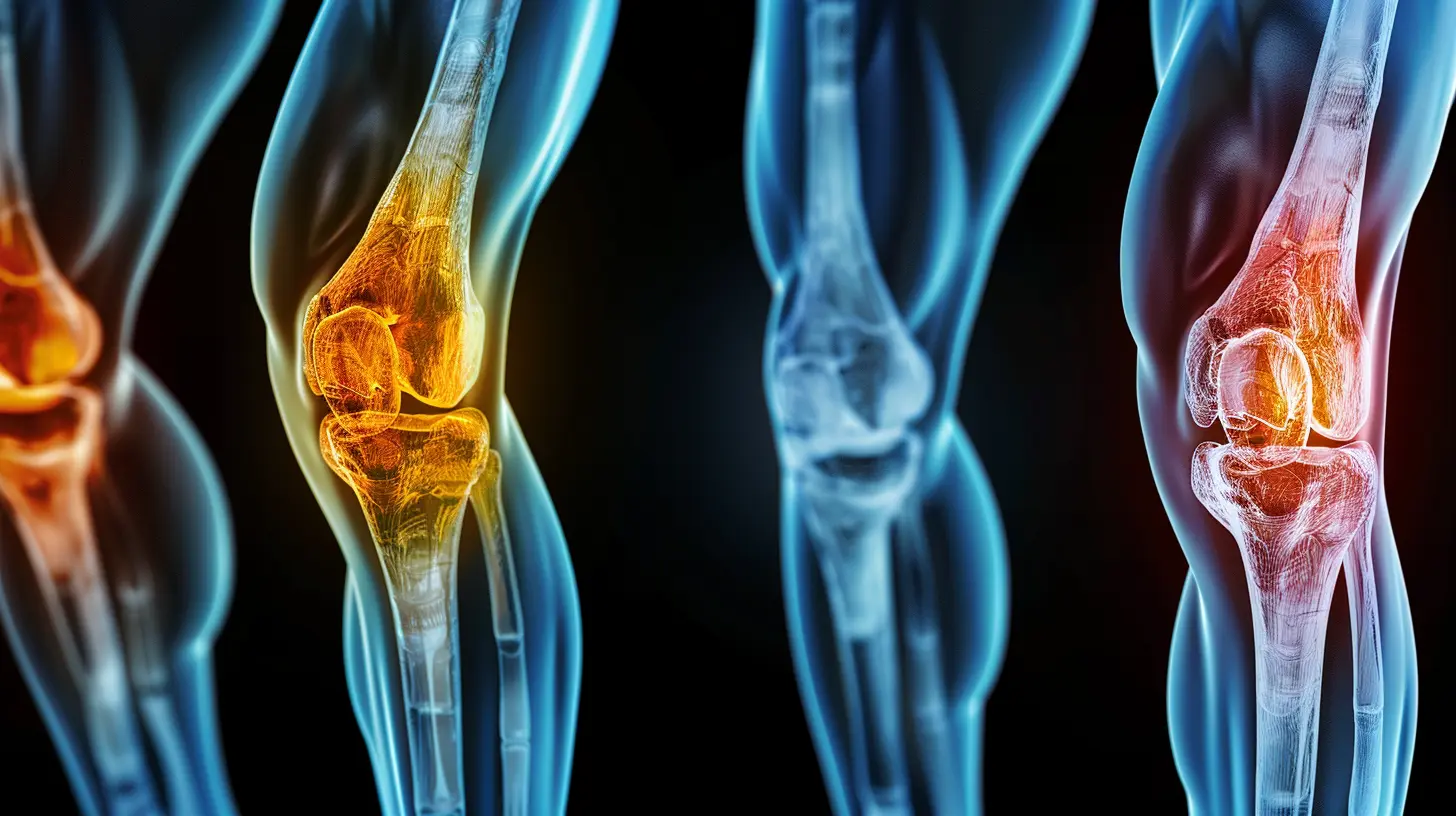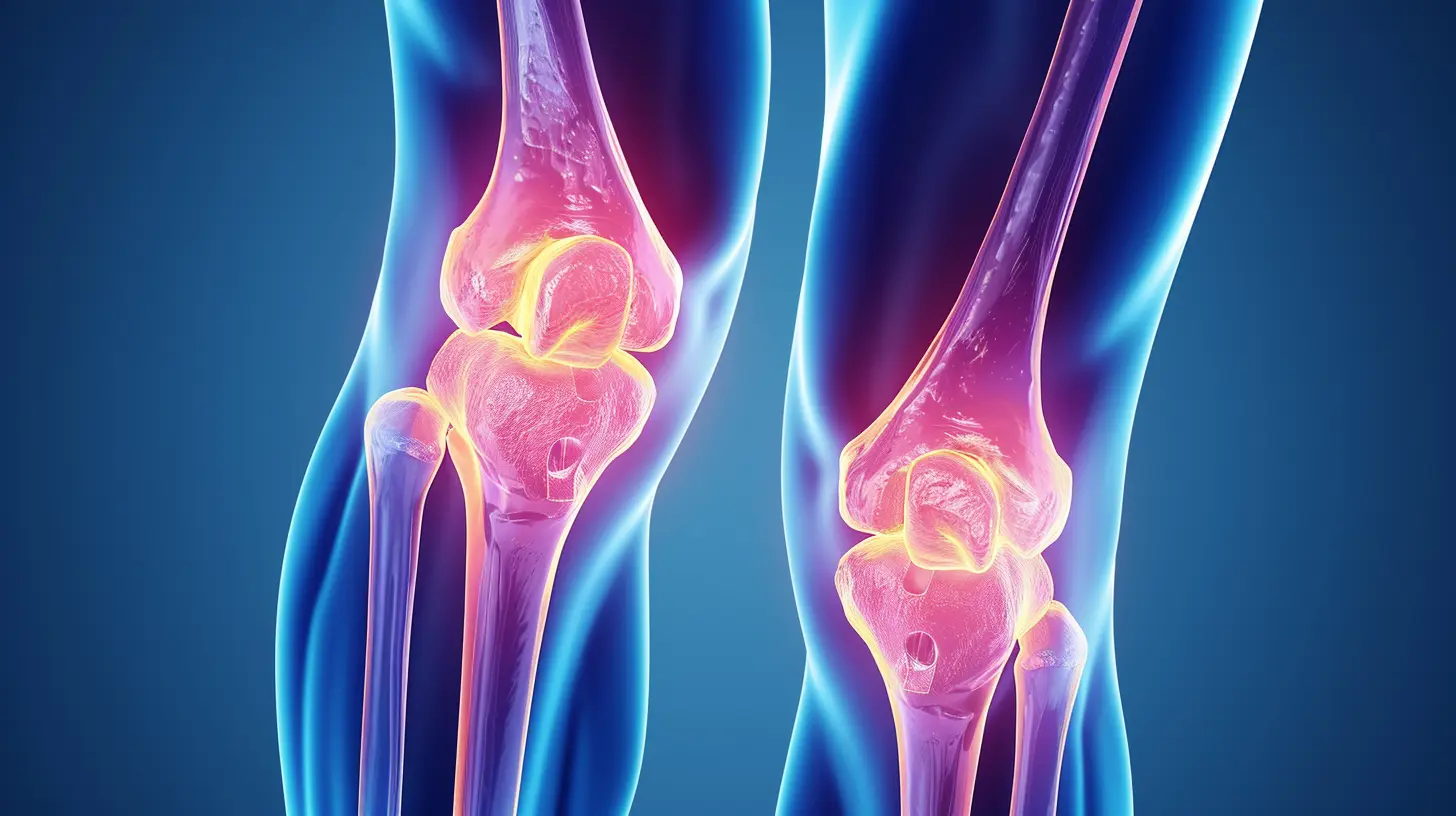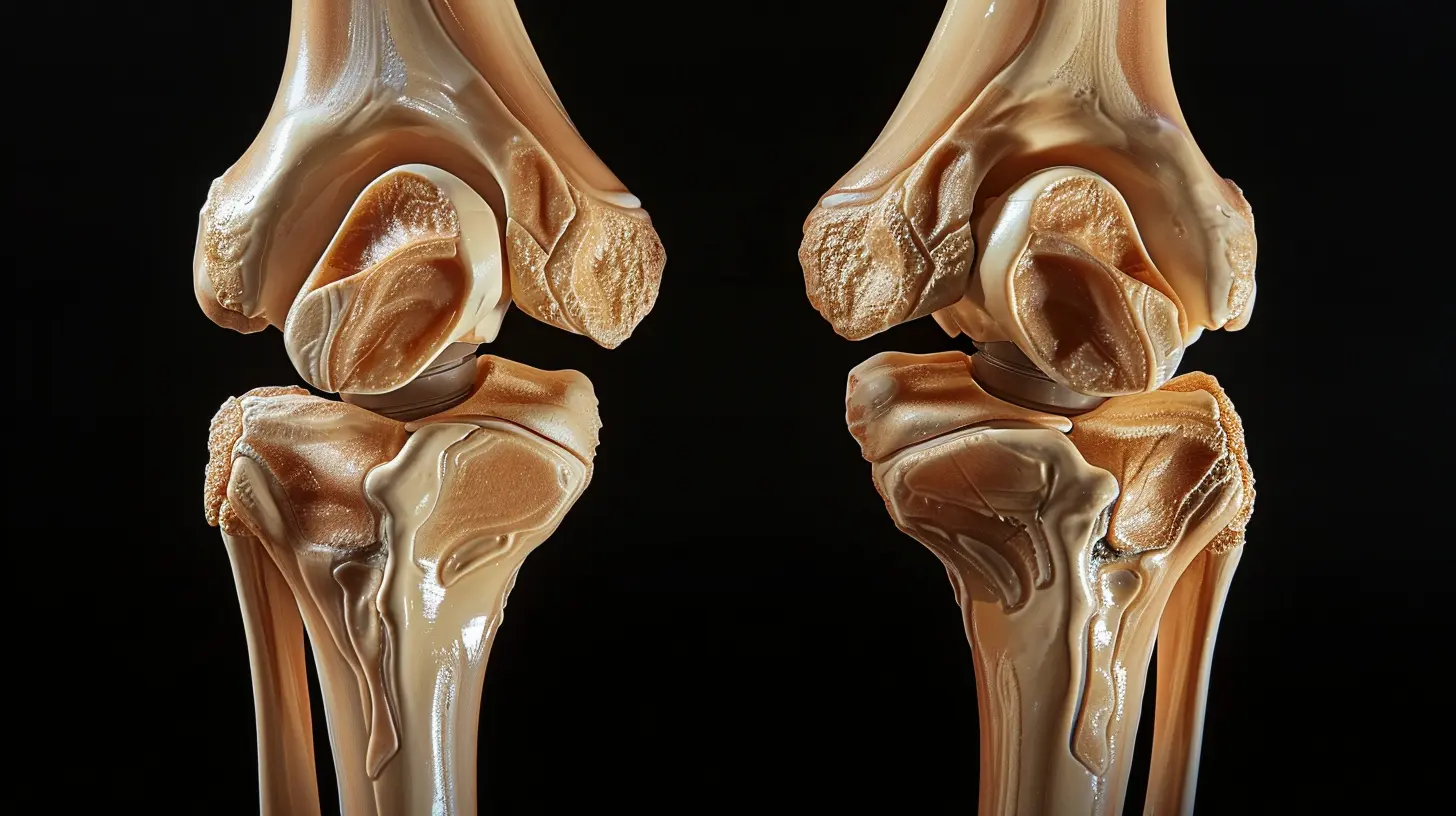The Best Ways to Strengthen Your Knees Against Injury
24 October 2025
Your knees are, without a doubt, some of the most important joints in your body. They carry the load when you walk, run, jump, squat—pretty much everything. But we often take them for granted until something goes wrong. If you’ve ever tweaked a knee or felt that awful pop during a workout, you know how frustrating and even debilitating a knee injury can be.
The good news? You can take steps to bulletproof your knees before injury strikes. Whether you’re an athlete, a weekend warrior, or someone who just wants to walk pain-free, preparing and strengthening your knees proactively is the smart move.
In this guide, let’s dive deep (but in a simple, relaxed way) into the best strategies for keeping your knees strong and healthy—without boring doctor-speak or complicated jargon.
Why Knee Health Matters More Than You Think
Let’s kick things off with the basics. Your knees are complex. Each one is a hinge joint connecting your thigh bone (femur) to your shin bone (tibia), with the kneecap (patella) sitting on top for protection. Ligaments, tendons, cartilage, and muscles all work together to keep it stable and moving smoothly.But with complexity comes vulnerability. Knees are highly susceptible to:
- Strains and sprains,
- ACL or meniscus tears,
- Patellar tracking issues,
- Tendonitis and arthritis.
And here’s the kicker—once the damage is done, recovery is slow and often painful. So, let’s talk prevention. Knee strength isn’t just about lifting weights; it’s about mobility, stability, flexibility, and balance, too.
1. Strengthen the Muscles Around Your Knees
Let’s face it, your knees don’t work alone. Their surrounding muscles are the true MVPs when it comes to support. If those muscles are weak, your knee takes the brunt of the stress. That’s a recipe for trouble.So, what muscles do you need to focus on?
- Quadriceps: Front of the thigh. These are key for knee extension.
- Hamstrings: Back of the thigh. They stabilize and protect the knee joint.
- Calves: Help manage impact and balance.
- Glutes: Powerful hip stabilizers that keep your knees aligned.
Here are a few simple but effective exercises to target these areas:
🏋️♂️ Bodyweight Squats
Helps build quads, hamstrings, and glutes. Start with your bodyweight before progressing to dumbbells or barbells.🪜 Step-Ups
Use a low bench or step. Great for unilateral strength and balance training.🦵 Hamstring Curls
Use a machine or resistance bands. Develops strength in the back of the thigh.🔥 Glute Bridges
Strengthens those sleepy glutes and engages your hamstrings.🦶 Calf Raises
Often overlooked—your calves help absorb shock on every step.Keep your movements slow and controlled. Quality over quantity every time.
2. Don’t Skip Mobility and Flexibility Work
You could be strong as a bull, but if your muscles are tighter than a drum, your knees could be in trouble. Flexibility helps maintain proper alignment and reduces strain on your joints.Key muscles to stretch daily:
- Quads
- Hamstrings
- Hip flexors
- IT band
- Calves
🧘♀️ Try This Basic Stretch Routine:
- Standing hamstring stretch- Quad stretch (standing or lying on your side)
- Hip flexor lunge stretch
- Downward dog for calves and hamstrings
- Foam rolling your IT band and quads
Think of stretching as daily maintenance—like brushing your teeth, but for your joints.
3. Work on Your Balance and Stability
Ever try balancing on one foot with your eyes closed? Not easy, right? But that challenge trains your proprioception—your body’s ability to sense where it is in space. Improving it helps prevent falls and awkward twists that can ruin your knees.Balance also recruits your stabilizer muscles, often missed during standard workouts.
🧍 Key Balance Drills:
- Single-leg stands (add a BOSU ball as you improve)- Lateral band walks
- Balance board exercises
- Heel-to-toe walking (tightrope style)
Adding 5–10 minutes of balance training to your routine goes a long way in injury prevention.
4. Don’t Neglect Your Core and Hips
Now you might be thinking—“Wait, what do my abs have to do with my knees?”A lot, actually. Weak core and hip muscles lead to poor posture and misalignment, placing extra stress on your knees. Like the foundation of a house, if your core and hips are shaky, the rest of your body tumbles.
🧍♀️ Core & Hip Builders:
- Planks and side planks- Bird dogs (great for spine and core stability)
- Clamshells (targets glute medius, vital for knee tracking)
- Hip thrusts
- Side-lying leg lifts
A strong core supports the entire kinetic chain, keeping everything working in harmony.
5. Improve Your Movement Mechanics
You’ve probably seen someone squat or lunge with their knees caving inward. That "valgus collapse" is like red flashing lights screaming “future knee injury.”Fixing poor movement mechanics can drastically lower the wear and tear on your joints. Make sure your knees track in line with your toes during exercises. Video yourself, use mirrors, or ask a trainer for feedback.
Focus on:
- Proper squat and lunge form
- Keeping your knees out (not in)
- Even weight distribution
- Controlled range of motion
Small tweaks can make a big difference.
6. Wear the Right Footwear
Here’s a quick one that often gets ignored: your shoes. If they’re worn down or don’t support your foot type, guess who suffers? Yep—your knees.Make sure your footwear:
- Matches your activity (running shoes ≠ lifting shoes)
- Offers enough arch support
- Isn’t over-worn and flattened out
Also, if you’re an overpronator (feet roll in), you may need orthotics to keep your knees aligned.
7. Warm Up Before, Cool Down After
Jumping straight into your workout? That’s like revving a cold engine. Not a great idea.A good warm-up increases blood flow, activates the right muscles, and prepares your joints for action.
🔥 Warm-up Tips:
- 5–7 mins of light cardio (jump rope, jog, bike)- Dynamic stretches (leg swings, high knees, lunges)
- Muscle activation drills (glute kicks, step-outs)
And after your session?
Cool down to help flush out lactic acid and avoid stiffness. A little foam rolling and static stretching can go a long way.
8. Don’t Ignore Pain
This might be the most important tip. Pushing through sharp or lingering knee pain is not brave—it’s a fast track to injury.If your knee’s talking to you, listen. Pain is your body waving a big red flag.
When pain hits:
- Back off the intensity
- Use ice for any swelling
- Consider seeing a physio for expert advice
Pain is a signal, not a badge of honor.
9. Cross-Train and Rest Smart
Doing the same activity over and over can create imbalances and overuse injuries.If you’re a runner, mix in strength training. If you’re a lifter, add in mobility and cardio. Yogis? Try some resistance work.
Your knees will appreciate the variety.
Also, don’t underestimate the power of rest. Recovery is when growth and repair happen. Overtraining is often the silent culprit behind nagging injuries.
10. Consider Supplements and Nutrition
While no supplement replaces good training, some can support joint health:- Glucosamine and chondroitin: Common for cartilage support.
- Collagen peptides: Helps with joint integrity.
- Fish oil (omega-3s): Fights inflammation.
- Vitamin D and calcium: Crucial for bone health.
Oh, and don’t forget hydration. Dehydrated tissues are more prone to injury.
Final Thoughts: Strong Knees, Strong Life
Whether you're sprinting down a soccer field, hiking up a mountain, or just chasing after your kid in the park—your knees are your silent workhorses. Treat them well, and they’ll return the favor.It’s tempting to wait until pain hits before acting, but the real win is in prevention. With just a little extra attention and some smart movement choices, you can keep your knees happy, healthy, and injury-free for years to come.
So, what’s stopping you from starting today?
Get up, show your knees some love, and move with confidence.
all images in this post were generated using AI tools
Category:
Injury PreventionAuthor:

Umberto Flores
Discussion
rate this article
1 comments
Porter Kim
Great insights on knee health! I’m curious about the specific exercises mentioned and how they compare to more traditional strength training methods. It would be interesting to see which approaches yield the best results for injury prevention long-term.
November 15, 2025 at 5:19 AM


